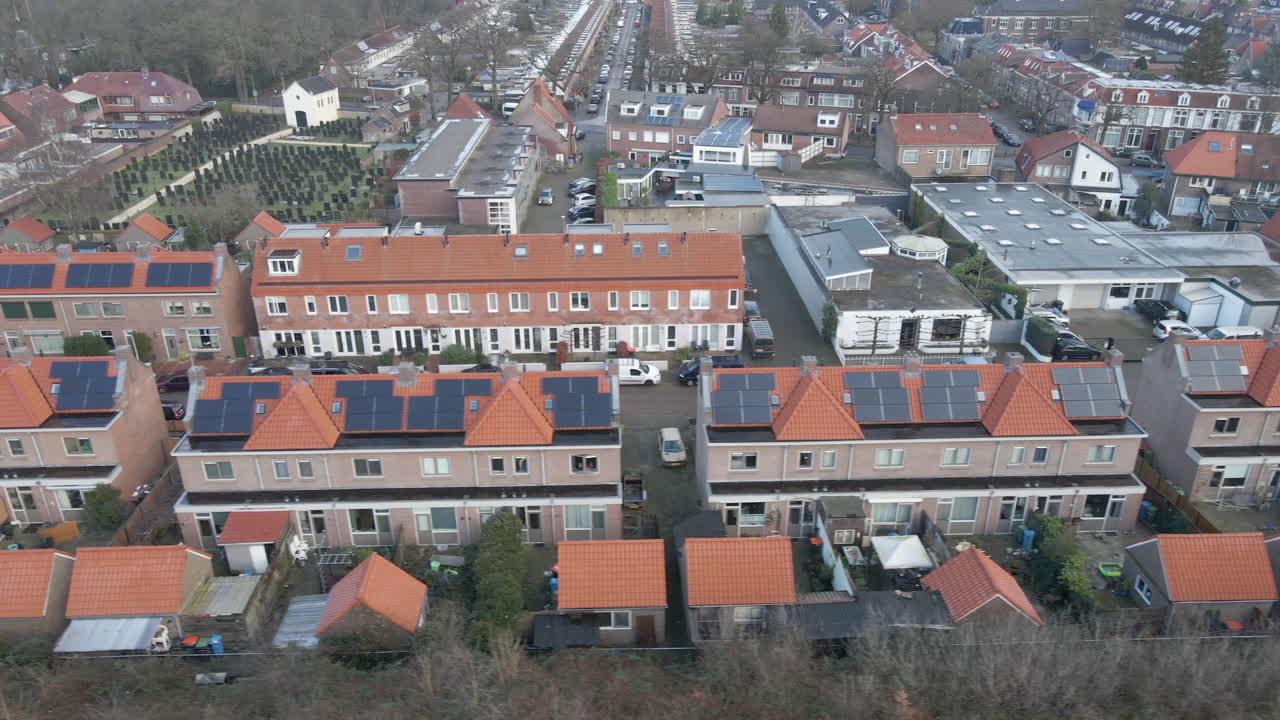The early 20th century was a time of significant social change, marked by the growth of cities and the challenges that came hand in hand with urbanization. As migration from rural areas to cities increased, many families found themselves facing poverty, overcrowded living conditions, and limited access to essential services. It was during this period that the settlement house movement emerged, aiming to address these issues and uplift disadvantaged communities.
In this blog post, we will delve into the purpose of the settlement house movement and its connection to the Social Gospel movement. We will also explore the perspective of influential figures like Jane Addams, who played a pivotal role in establishing settlement houses. So, let’s embark on a journey to understand how these initiatives sought to create positive change and support those in need in early 20th century America.

What Was the Purpose of the Settlement House Movement?
The settlement house movement, which emerged in the late 19th and early 20th centuries, had a profound impact on American society. This subsection explores the purpose behind this influential movement and sheds light on its enduring significance.
Creating Havens for Social Change
The settlement house movement aimed to address the social and economic challenges experienced by urban communities in the wake of rapid industrialization and urbanization. Settlement houses served as community centers that offered crucial support and resources to residents, particularly immigrants and the working class.
Providing Essential Services
Settlement houses served as multifunctional hubs, providing a range of services designed to uplift individuals and transform communities. These services included childcare, healthcare, job training, language classes, and recreational activities. By offering these amenities, settlement houses aimed to improve the lives of individuals and foster a sense of community cohesion.
Promoting Cultural Exchange
Another purpose of the settlement house movement was to encourage cultural exchange and understanding. With the influx of immigrants into American cities, settlement houses became places where diverse communities could interact, share their traditions, and learn from one another. This cultural exchange helped foster empathy, break down barriers, and promote social integration.
Advocating for Social Reform
Settlement houses were not just service providers; they also played a crucial role in advocating for policies and reforms to address social inequality. Through their experiences working closely with vulnerable populations, settlement house workers gained insights into the systemic issues plaguing society. They used their platforms to raise awareness, advocate for labor rights, and fight for legislative changes that would benefit marginalized communities.
Influencing Public Policy
In addition to advocating for social reform, settlement houses played a key role in influencing public policy. By actively engaging in political discourse and using their collective voice, settlement house workers became a force to be reckoned with. They influenced lawmakers to enact legislation that addressed issues such as child labor, living conditions, education, and healthcare accessibility.
Leaving an Indelible Impact
The settlement house movement laid the groundwork for many social welfare policies and programs that exist today. By shining a light on the needs of marginalized communities and actively seeking solutions, settlement houses paved the way for the establishment of government-funded social services, the expansion of public education, and improvements in labor rights.
A Legacy that Continues
Though the settlement house movement reached its peak in the early 20th century, its legacy lives on. Many community centers and organizations today continue the tradition of providing vital services, advocating for social justice, and fostering inclusive communities. The principles, values, and practices of the settlement house movement are a testament to the power of collective action and the positive impact it can have on society.
In conclusion, the settlement house movement aimed to address social, economic, and cultural challenges faced by urban communities. By providing essential services, advocating for reform, and influencing public policy, settlement houses played a pivotal role in shaping American society. Their legacy continues to inspire and guide those dedicated to social change and community upliftment.

FAQ: What was the Purpose of the Settlement House Movement?
Which Problems are Likely the Result of Urbanization
Urbanization brings with it a host of challenges. Problems such as overcrowding, unsanitary living conditions, poverty, unemployment, crime, and inadequate infrastructure are often prevalent in urban areas. The rapid growth of cities during the late 19th and early 20th centuries in America created a dire need for solutions to these pressing issues.
How were the Settlement House Movement and the Social Gospel Movement Connected
The Settlement House Movement and the Social Gospel Movement were closely intertwined. Both movements emerged during the same period and shared a common goal: to address the social problems arising from urbanization and industrialization. The Social Gospel Movement emphasized the moral responsibility of Christians to alleviate societal injustices, while the Settlement House Movement provided a practical approach to achieving this goal through the establishment of community centers known as settlement houses.
What is the Purpose of Settlement Houses According to Jane Addams
Jane Addams, a prominent social reformer and co-founder of Hull House in Chicago, believed that settlement houses should serve as “laboratories for democracy.” The primary purpose of settlement houses, according to Addams, was to bridge the gap between different social classes and cultures by providing a welcoming space for people of diverse backgrounds to live, learn, and work together. These houses aimed to uplift the less privileged and promote social cohesion through educational programs, social initiatives, and community organization.
What was the Purpose of the Settlement House Movement
The settlement house movement aimed to alleviate the hardships faced by immigrants and the urban poor by addressing their various needs. The purpose was multifaceted, encompassing social reform, education, healthcare, and community building. Settlement houses provided a range of services such as child care, vocational training, medical clinics, recreational activities, and support for immigrants to help them assimilate into American society. The movement aimed to create a more equitable and inclusive society by fostering understanding and offering practical assistance to those in need.
Who Started the Settlement Houses in America
The settlement house movement was pioneered by social reformers, with Jane Addams and Ellen Gates Starr establishing the famous Hull House in Chicago in 1889. Their initiative inspired the establishment of numerous other settlement houses across America, with notable figures such as Lillian Wald founding the Henry Street Settlement in New York City. These dedicated individuals recognized the urgent need to respond to the pressing social issues of their time and played a pivotal role in the growth and impact of the settlement house movement.
Why did the Poor Family Settle in the Small Town
Small towns had their own unique appeal for poor families seeking a better life. With lower living costs and a less hectic pace compared to urban areas, small towns offered the promise of greater affordability, a tight-knit community, and the potential for employment opportunities in local industries. Moving to a small town often meant finding affordable housing, better access to nature, and a stronger sense of community support, creating an environment that could offer relief from the struggles of impoverished city living.
Who Worked in Settlement Houses
Settlement houses relied on a diverse group of individuals who were driven by a shared passion for social justice. Staff members typically included social workers, educators, healthcare professionals, and volunteers from various backgrounds. These dedicated individuals worked collaboratively to engage with the neighborhood residents, design and implement educational programs, provide essential services, and advocate for improved living conditions. Their tireless efforts were instrumental in fostering positive change within the communities they served.
Is East London Poor
While East London historically faced significant socio-economic challenges, it is essential to recognize the ongoing transformation and revitalization of this vibrant part of the city. Although certain areas in East London have experienced higher levels of poverty and deprivation, various urban regeneration initiatives, cultural developments, and investment projects have contributed to its revitalization. As with any complex urban region, it is important to acknowledge both the struggles and the potential for growth and improvement in East London today.
What Makes Small Towns Successful
The success of small towns can be attributed to several key factors. First and foremost, a strong sense of community plays a vital role in small-town success. When residents actively support local businesses, participate in civic activities, and connect with one another, it fosters an environment of collaboration and resilience. Additionally, small towns that have diverse economic opportunities, including thriving local industries and a supportive entrepreneurial ecosystem, tend to experience greater prosperity. Finally, providing access to quality education, healthcare facilities, and recreational opportunities contributes to the overall wellbeing and success of small-town communities.
